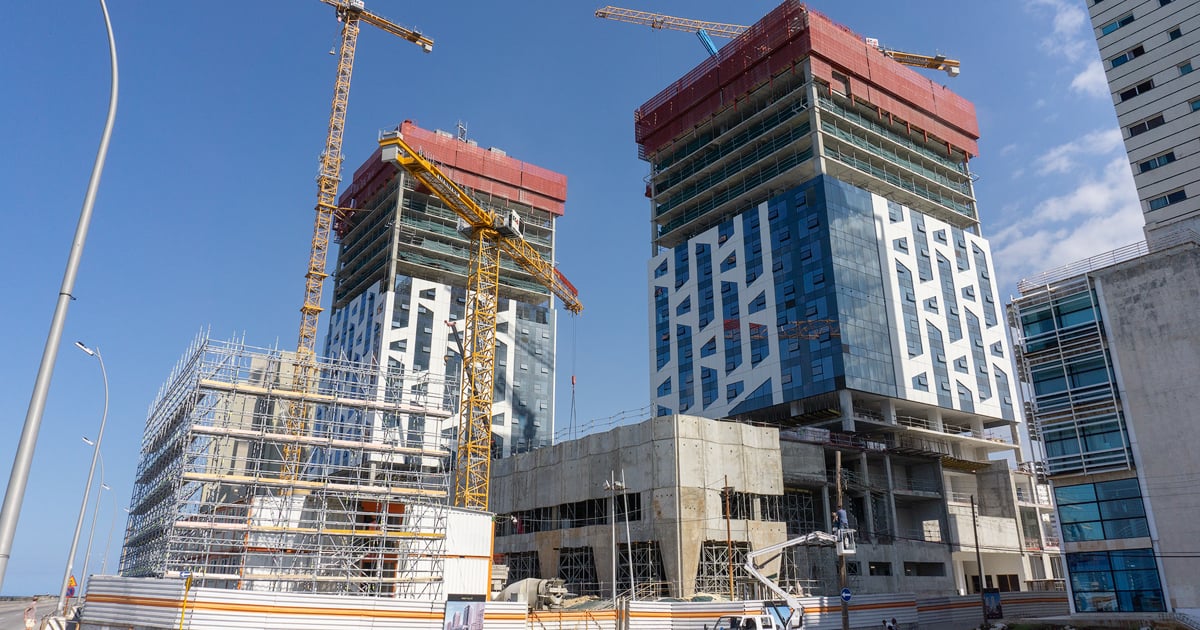
"The collapse of the Cuban electro-energy system highlights one of the main mistakes of the investment policy in Cuba: exaggerated investment associated with a tourism sector that has low capacity utilization and neglect of the country's dilapidated infrastructure," said economist Pedro Monreal this Tuesday after analyzing the crisis currently experienced in the country, worsened by the general blackout that occurred last Friday and from which not all circuits have yet recovered.
As is customary, Monreal provided an overview of the situation through his account on the social network X, where he is very critical of the Cuban regime.
Supported by a graph from the National Office of Statistics and Information (ONEI), Monreal showed how, since the year 2020, investments in the tourism sector have far exceeded those made in any other sector.
"From 2020 to June 2024, the investment mainly associated with tourism (the sum of 'hotels and restaurants' and 'business services and real estate activities') averaged 38.9% of the total investment in the country, compared to 9.4% of the investment in electricity, gas, and water," the economist noted.
In another series of tweets published in August, in which Monreal analyzed official data on investment in Cuba during the first half of 2024, the insistence of the Cuban regime to invest in the tourism sector at the expense of fundamental sectors such as health and social assistance was evident.
Between January and June 2024, the regime allocated nearly 40% of its investments to activities related to tourism, while investment in Health and Social Assistance is 14 times lower.
The regime's insistence on continuing to invest massively in tourism, despite low occupancy rates and the evident need to strengthen other essential sectors, raises serious questions about the sustainability and fairness of its economic policy.
The situation has generated criticisms both within and outside the island, where the logic of continuing to build tourist infrastructure is being questioned when the demand does not justify such investments.
In 2023, Cuba did not reach the target of three million foreign tourists, falling far short of expectations despite the new hotel openings.
While from January to July of this year, 1,905,644 travelers arrived on the island, a figure below that counted in the same period last year. In total, in the first seven months of this year, 15,263 fewer travelers arrived.
It is important to highlight that Cuban authorities make a distinction between travelers (everyone who moves from one country to another) and foreign visitors. This means that the figure of 1.9 million travelers includes all the people who entered the country from another country, and who are not necessarily tourists. In reality, the exact number of tourists would be 1.4 million.
Meanwhile, the population continues to face shortages in basic services, a reflection of a strategy that prioritizes the economic interests of the elite that controls tourism and the dollarized economy of the country through the military corporate conglomerate Grupo de Administración Empresarial S.A. (GAESA), which places its personal enrichment above the general welfare of the nation.
What do you think?
SEE COMMENTS (1)Filed under: